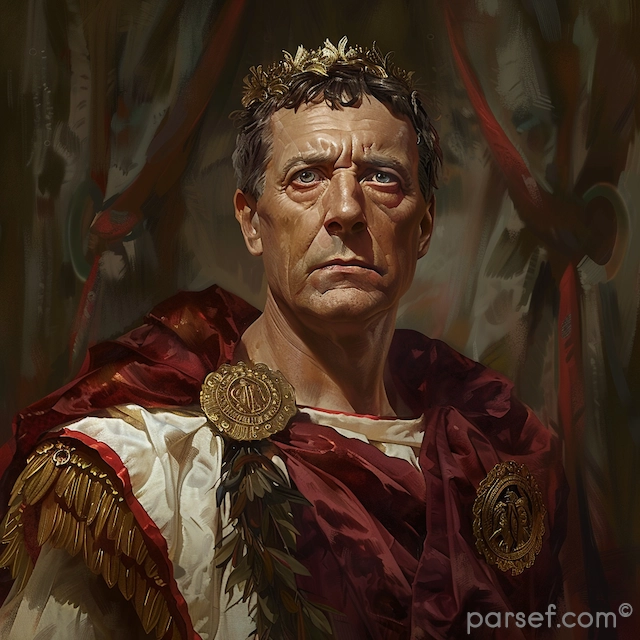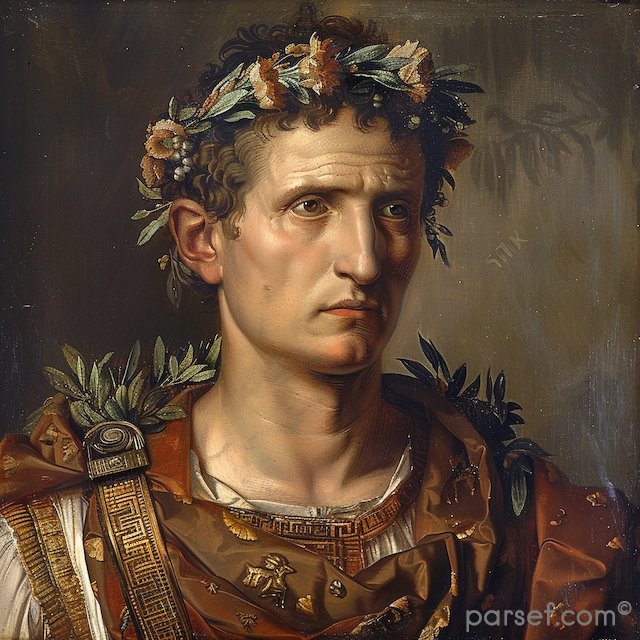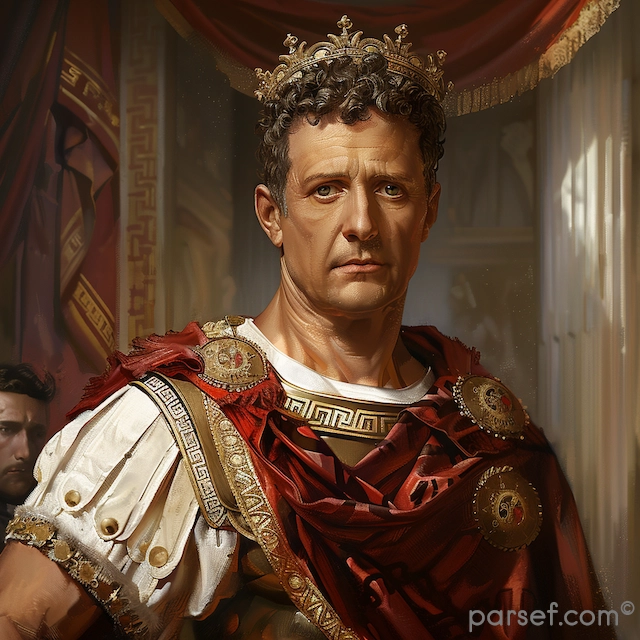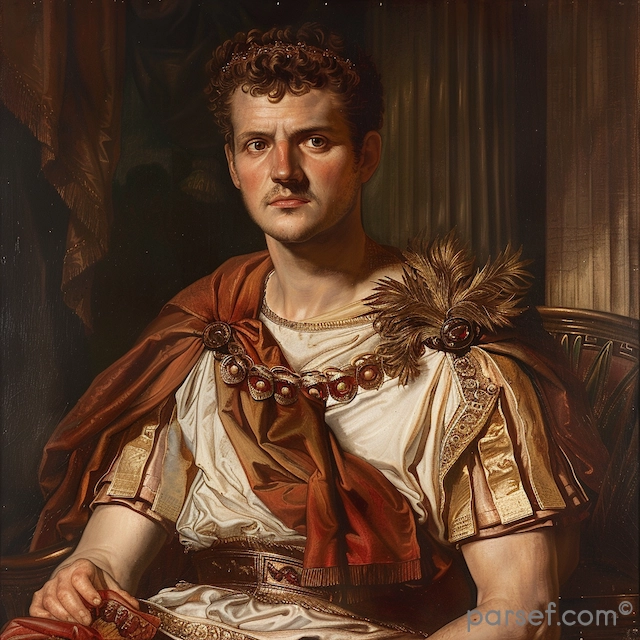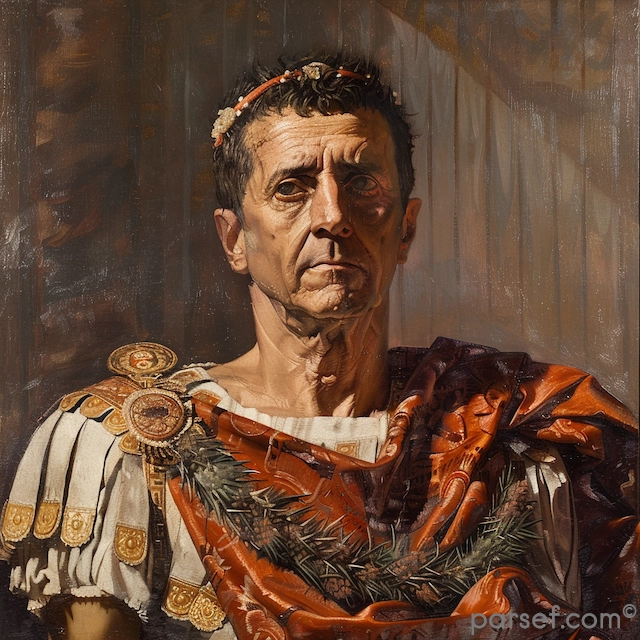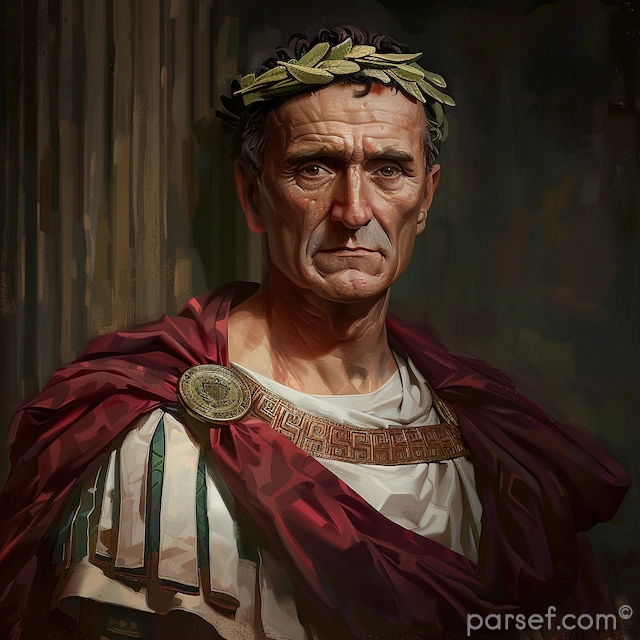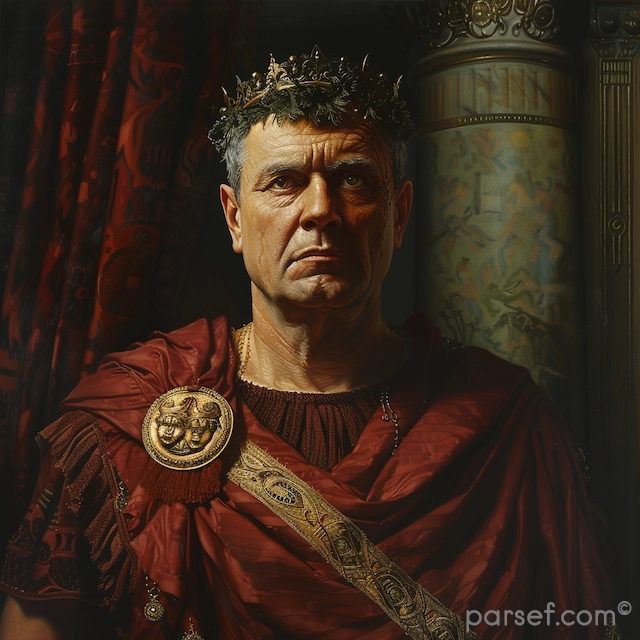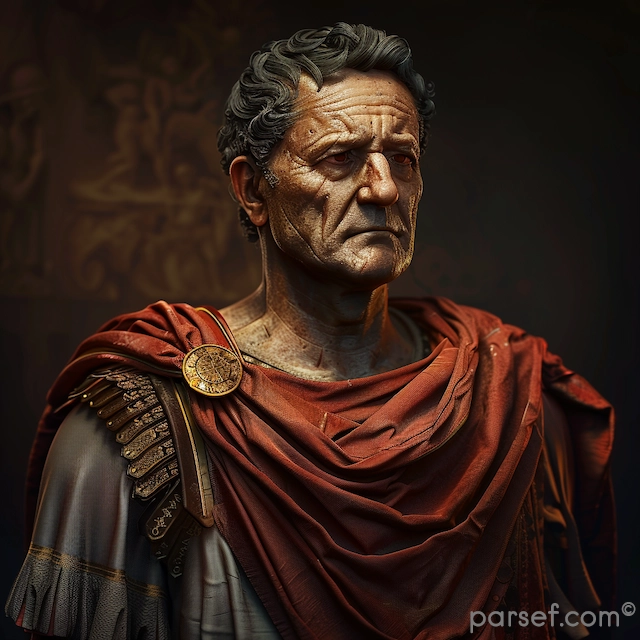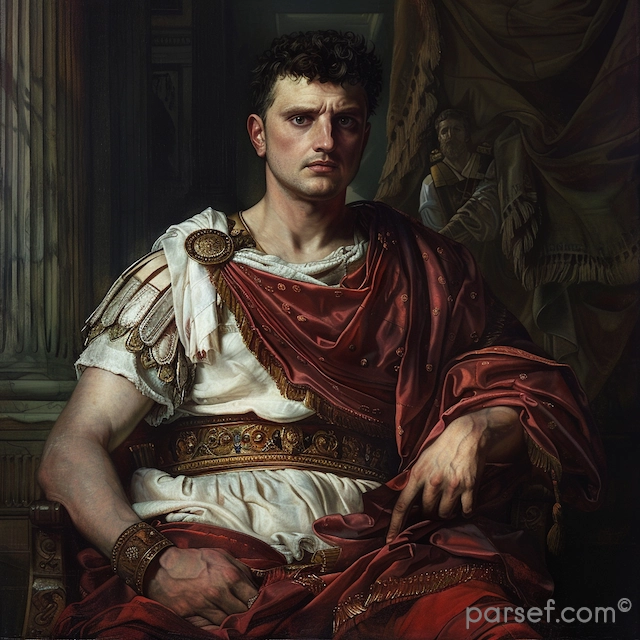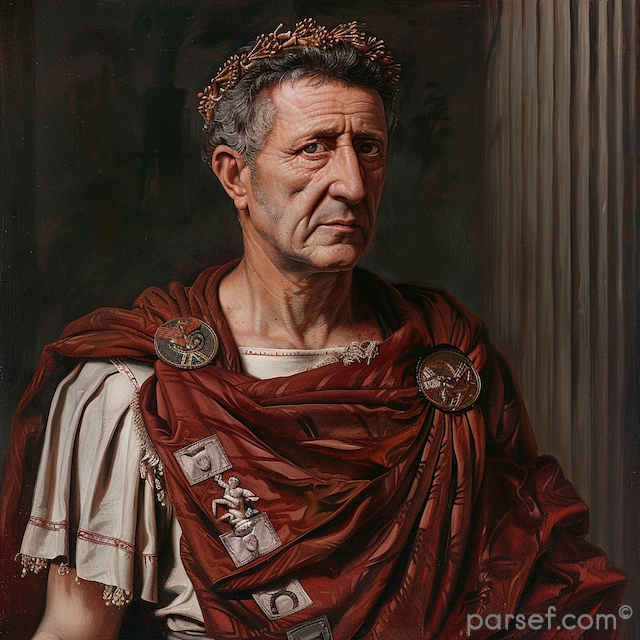The Colossal Footprint: Exploring the Roman Empire at its Greatest Extent

The Roman Empire, a name that evokes images of gladiatorial combat, sprawling aqueducts, and stoic emperors, wasn't just a powerful state; it was a colossal empire that stretched across continents. But how vast was its reach at its zenith? This post delves into the greatest extent of the Roman Empire, also known as the Roman Empire at its largest extent or Roman Empire full extent.
The Peak of Power: The Reign of Trajan (98-117 AD)
Historians generally agree that the Roman Empire reached its maximum extent during the reign of Emperor Trajan. This ambitious leader, known for his military prowess and infrastructure projects, oversaw a period of significant territorial expansion. Under his rule, the empire ballooned to a staggering size, encompassing roughly 5 million square kilometers.
A Realm Spanning Continents: From Britain to Mesopotamia
Imagine a map stretching from the misty shores of Britain in the northwest all the way to the sun-baked plains of Mesopotamia in the east. This vast expanse roughly defines the extent of the Roman Empire at its peak. Key regions included:
- Europe: The entire Italian Peninsula formed the heart of the empire, with control extending north into Gaul (modern-day France), Britannia (Britain), and parts of Germania (modern-day Germany).
- North Africa: The fertile lands of Egypt, a vital source of grain, were firmly under Roman control, along with vast stretches of the North African coast.
- Middle East: The empire's eastern frontier reached Mesopotamia, encompassing parts of modern-day Iraq, Syria, and Jordan.
A Legacy of Power and Complexity
The sheer size of the Roman Empire at its greatest extent is a testament to its remarkable engineering capabilities, efficient administration, and formidable military strength. Maintaining control over such a diverse and geographically vast area presented an immense challenge. The Romans achieved this through a network of roads, sophisticated communication systems, and a strong military presence on the frontiers.
However, the vastness also planted the seeds of future challenges. The empire's sprawling borders became increasingly difficult to defend, and internal administrative complexities grew over time.
A Gateway to Further Exploration
Understanding the extent of the Roman Empire is just the first step. This vast territory fostered a rich cultural exchange, with Roman laws, architecture, and language leaving a lasting impact on conquered territories. If you're curious to delve deeper, you can explore specific regions within the empire, the daily lives of its citizens, or the challenges of governing such a diverse realm. The Roman Empire's legacy continues to fascinate us, and its story offers valuable lessons about the rise and fall of empires.
Related Posts
Organizing Archival Gear for Museums and Collectors
Proper archival care of equipment is necessary for collectors and museums to conserve valuable artifacts and records. Proper categorization, storage, and environmental control help maintain collections whole and durable. The implementation of proper archival care practices ensures historical materials are preserved and can be made accessible to future generations. Historical Note: preservation...
Read MoreFrom Ancient Rome To Today: 4 Games Played By Emperors And Their Modern Equivalents
In history, Ancient Rome had rulers who enjoyed games that involved intelligence and risk-taking. The interesting part is that some of these games have now evolved to their modern versions that still entertain people. When we look at the Ancient Roman history of emperors having fun, most of them went for...
Read MoreThe Colossal Footprint: Exploring the Roman Empire at its Greatest Extent
The Roman Empire, a name that evokes images of gladiatorial combat, sprawling aqueducts, and stoic emperors, wasn't just a powerful state; it was a colossal empire that stretched across continents. But how vast was its reach at its zenith? This post delves into the greatest extent of the Roman Empire,...
Read MoreThe Evolution of Customer Expectations In A Digital-First World
Introduction: When Everything Changed for Travelers Think back to your last vacation ten years ago. Going off-grid was actually part of the appeal, wasn't it? Fast forward to today, and that mindset seems downright prehistoric. Modern travelers want their phones working before the plane wheels touch down, and they're definitely not...
Read MoreFrom Scrolls to Stones: How Museums Document Biblical History
The Bible is more than just a collection of sacred texts—it’s a living document that has shaped centuries of religious, cultural, and historical movements. For thousands of years, it has been passed down through oral traditions, written manuscripts, and monumental inscriptions. The story of how these texts came to be,...
Read MoreBoost Productivity Respectfully: Non-Intrusive Alternatives to Screen Capture Monitoring
Screen monitoring has become essential in modern work environments, particularly with the shift towards remote and hybrid models. Many companies utilize screen capture tools to ensure productivity. But is this the best way to enhance employee performance? Overview of screenshot-based monitoring Screen capture employee monitoring is a popular tool used by managers...
Read More